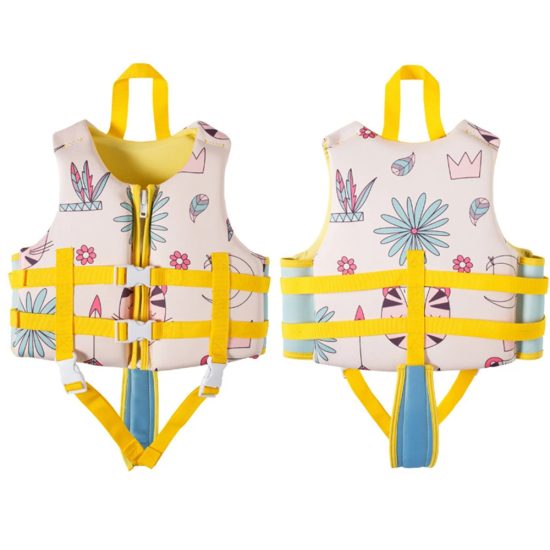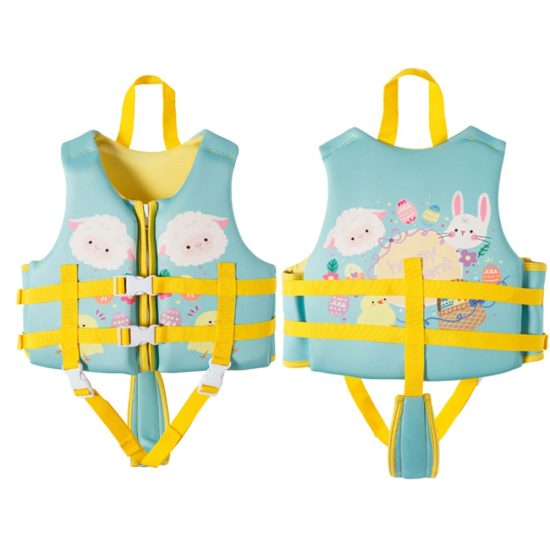Life jackets, vital for water safety, are governed by regulations and standards worldwide to ensure their effectiveness in emergencies. Understanding these regulations and adopting best practices is essential for maximizing their potential. Here’s an overview of life jacket regulations, standards, and the best practices for their use.
1. Regulations and Standards
International Regulations: The International Maritime Organization (IMO) mandates life jackets on commercial vessels, setting standards for their design, buoyancy, and visibility. These regulations ensure a baseline for safety across oceans and international waters.
National Regulations: Each country has its own regulations concerning life jacket use, often differing in requirements based on water bodies, activities, and age groups. Compliance with these regulations is essential for legal adherence and personal safety.
Standards Organizations: Bodies like the U.S. Coast Guard, European Committee for Standardization (CEN), and others set standards for life jacket manufacturing, ensuring they meet specific safety criteria and performance standards.
2. Best Practices
Wear Your Life Jacket: The most fundamental practice is wearing a life jacket whenever engaged in water activities, regardless of swimming abilities. It’s a proactive step toward safety.
Choose the Right Type: Select a life jacket suited for the intended activity and water conditions. Different activities demand specific types for optimal safety and comfort.
Proper Fit and Inspection: Ensure the life jacket fits snugly and comfortably. Regularly inspect for wear, tear, or damage and address any issues promptly.
Education and Training: Educate yourself and others on proper life jacket use, especially children. Training on how to wear and maintain a life jacket fosters a safety-conscious culture.
Additional Safety Measures: Life jackets complement other safety measures. Pair them with other equipment like rescue whistles, lights, or signaling devices for added safety.
Dispose of Old or Damaged Jackets: Life jackets have a lifespan. Dispose of old, damaged, or expired jackets responsibly and replace them with new ones meeting current safety standards.
Conclusion
Life jackets are more than just gear; they are lifesaving devices crucial for water safety. Adhering to regulations, choosing the right type, and adopting best practices ensures not just compliance but a proactive approach toward personal safety. Embracing these practices fosters a culture of safety consciousness, making water activities safer and more enjoyable for everyone involved.


